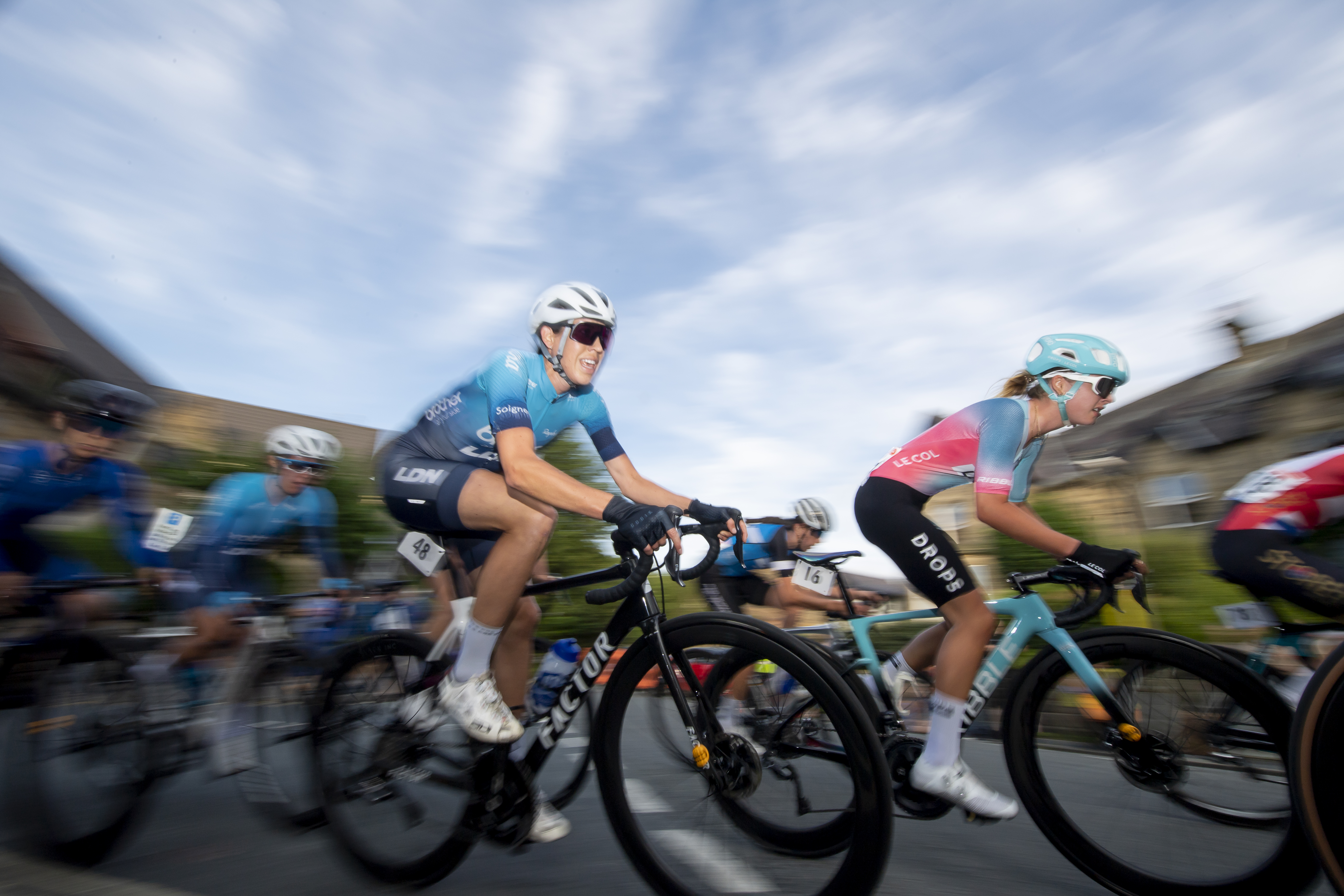How do you time a cycling race?
Timing is crucial in a cycling race for fair competition and accurate results. It also allows for performance analysis and enhances the overall experience. Whether you're an organizer, timer, or participant, understanding race timing is essential for a successful event.
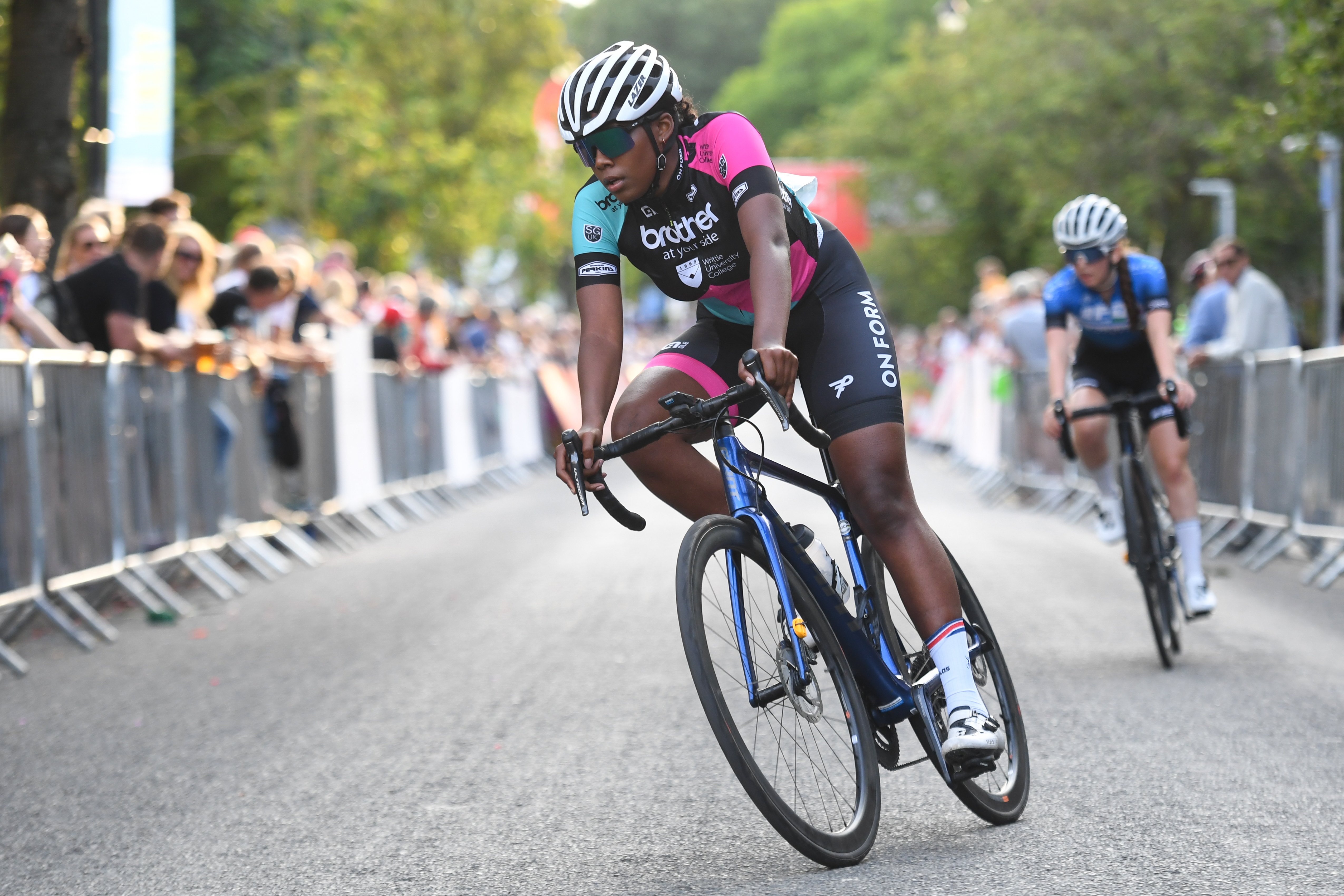
Basics of timing a cycling race
Before going into the specifics, let's quickly cover the basics of timing a cycling race. Timing involves accurately recording the start and finish times for each racer. This data enables the determination of winners, lap times, and statistical analysis. Timers must ensure precision, fairness, and consistency throughout the event.
Active or Passive chip timing systems
There are two options for automated timing systems: Active or Passive timing systems. The main difference between the two are the chips/tags. Active transponders send a signal and get detected by the antennas or transponder loops. Passive chips don’t send a signal but are activated and detected by antennas. Read more on the difference between active and passive timing systems. For professional cycling races, where high speeds are involved, active transponders offer the most reliable timing solution, with accuracy up to 1/1000th of a second. MYLAPS has designed the ProChip System specifically for high-speed professional sports. However, a passive system would be used for cyclo events that require high detection rates. Learn more about MYLAPS solution to timing mass events - the BibTag System.
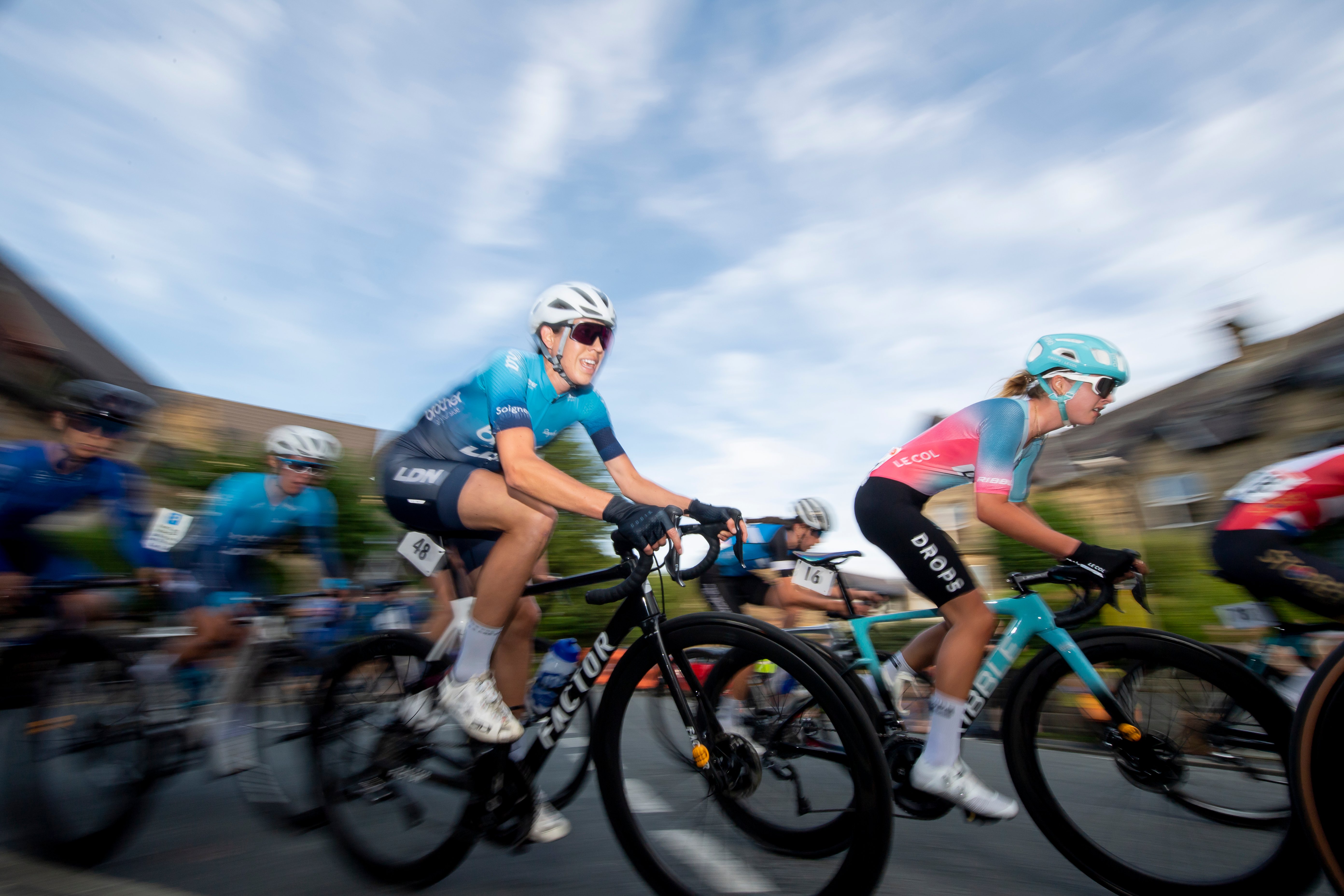
Choosing the right timing equipment
Selecting the appropriate timing equipment is crucial for accurately timing a cycling race. You will need essential equipment such as decoders, transponders, detection loops, and timing software. These components work together to capture and record the exact times of each cyclist as they cross the start and finish lines. Ensure precise and reliable results by investing in high-quality equipment or consider the option of hiring a professional timer.
To time a cycling race effectively, you will need the following equipment:
Decoder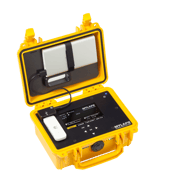
When cyclists cross the loops, their passings will be detected. Taking into account that many bikes are crossing the line at once, a lot of data is transferred. The decoder translates the data into usable information. It decodes all passings, saves the data, and sends it to an online server where the timing software can connect to.
Transponders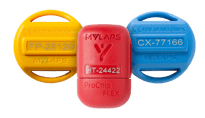
In order to identify each participant and to record the exact time at which they pass the start, finish, and intermediate timelines, every participant has a transponder. Each transponder has a unique ID and is worn by the rider or attached to the bike. Each transponder sends out a unique signal to the chip timing system that is embedded in the track. MYLAPS offers two transponder solutions: personal ProChips (FLEX) and timer ProChips (Timer/Timer Go). ProChip FLEX are owned by the athlete which is connected to their ProChip account with results. The timer ProChips are for managing a large number of chips at once. The ProChip Timer Go is a one-buy chip, the ProChip Timer is a subscription-based chip.
Detection Loop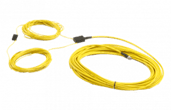
For a one-off road cycling event, the detection loops are set up along the course and the start/finish lines and placed strategically at checkpoints along the course. Detection loops are embedded in fixed track setups at the start and finish lines, and intermediate points along the track. The loops detect the transponders as the cyclists go over them and record the times accurately.
Timing Software
With the data being handled by the decoder, the gathered information can be used by the timer. This is done by using software that is specially developed for the decoder. The software is used to set up, time, create, and publish reliable and accurate results. Pick the software that is most fitting to your timing needs.
By having the right equipment in place, you can ensure accurate and reliable timing for your cycling race, providing a fair and exciting experience for all participants and spectators.
Track Setup
Fixed track setup: Track Cycling
For events held on fixed tracks, such as track cycling in velodromes, road cycling tracks, or BMX tracks, the setup involves installing timing equipment at strategic locations. For smaller races, you may need a basic set that we mentioned earlier. Larger tracks might have multiple timelines and therefore require multiple detection loops, decoders as well as additional backup equipment to ensure seamless operations.
Click here to learn more about about the fixed track setup and how to time a BMX race.
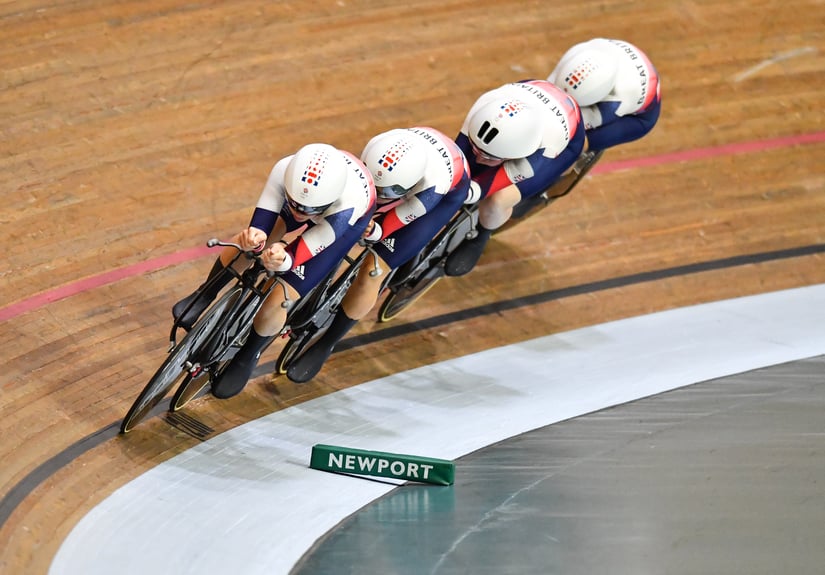
One-off track setup: Road Cycling
Road cycling events present a different challenge, with courses covering varied terrain. MYLAPS provides portable and adaptable timing solutions for road cycling races. The one-off track setup involves strategically placing timing equipment at key locations along the route to capture accurate data as participants navigate diverse landscapes.
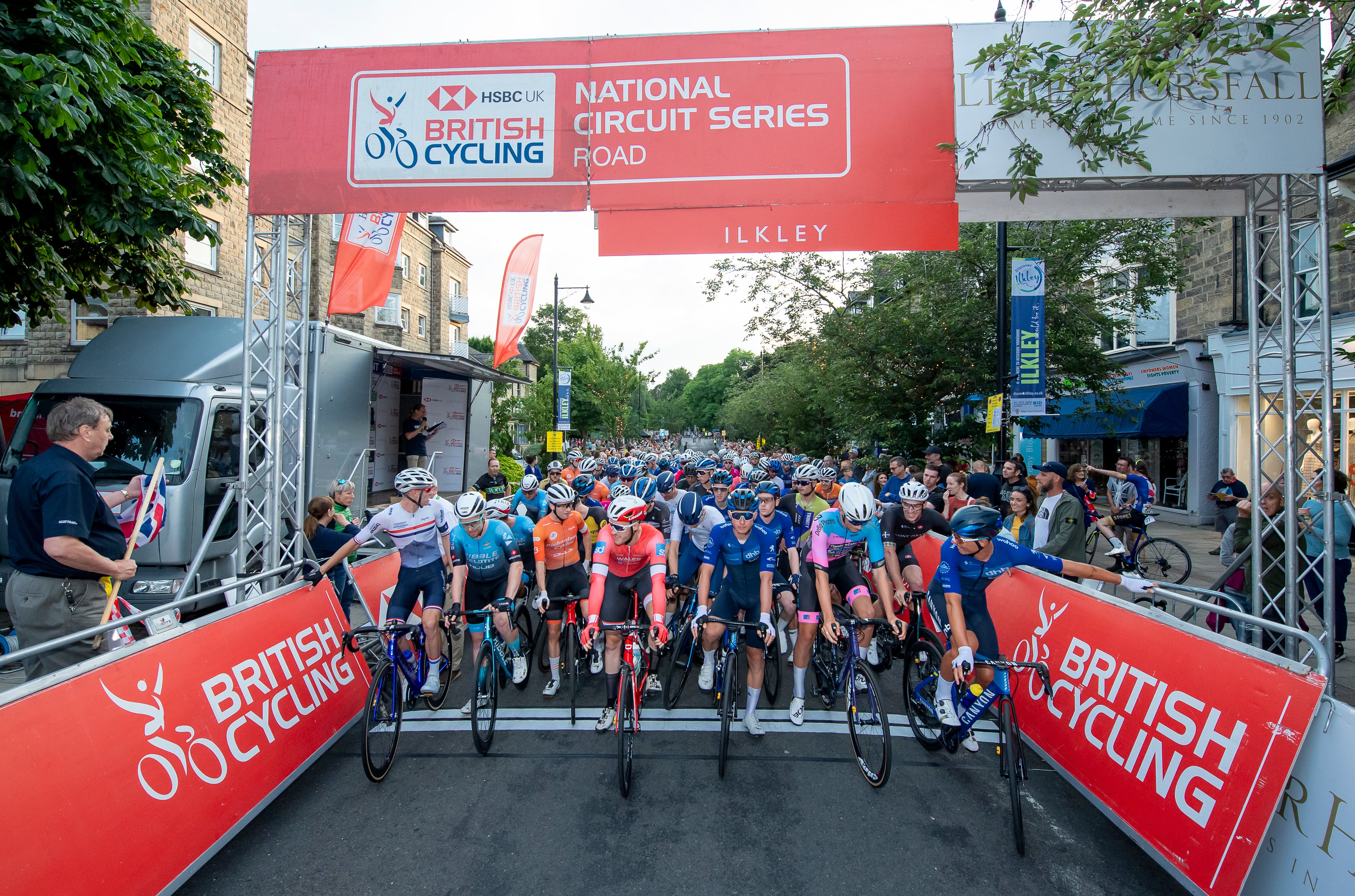
What equipment do I need for a cycling race?
The amount of timing equipment required for cycling races depends on the scale of the event. For smaller races, you may need a basic set that we mentioned earlier. Larger races might have multiple timelines and therefore require multiple detection loops, decoders as well as additional backup equipment to ensure seamless operations. See below the differences between a basic and a more advanced setup.
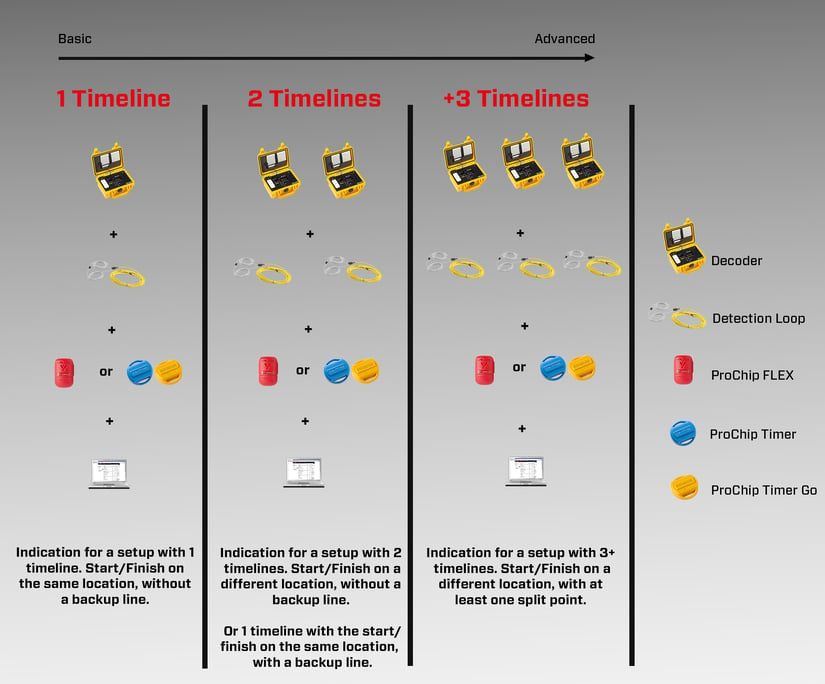
With the right equipment, careful preparation, and professional expertise, you can ensure accurate results, satisfied participants, and an unforgettable race experience. Remember, timing is not only about recording numbers; it's about capturing the essence of racing and celebrating the incredible accomplishments of the cyclists.
Photo finish cameras are also commonly used in professional cycling races. In a high-speed sport like cycling, when multiple bikes cross the finish line at the same time, it is useful to have a photo finish camera in place as well as a detection loop and decoder.
.jpg?width=361&height=271&name=Image%20(3).jpg)
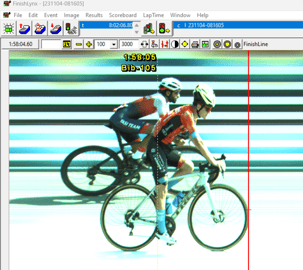
Well done! You now have a basic understanding of how to time a cycling race! Hungry for more? Have a look here for information about timing a cycling race.
Get in touch!
Looking for more info or wish to contact one of our team members? Don't hesitate to contact us!

